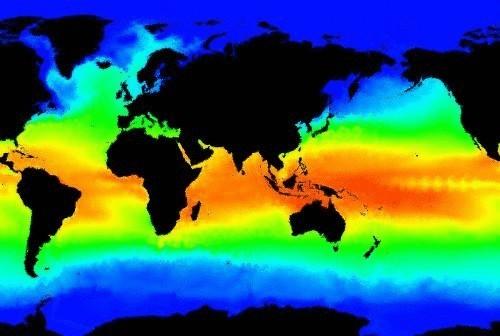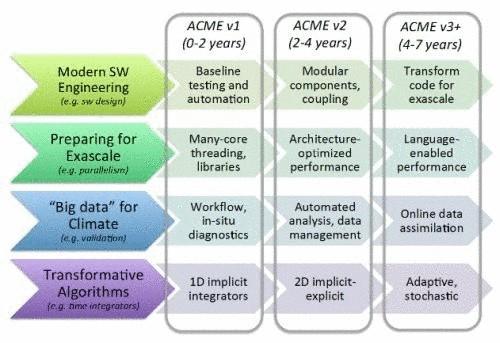456
ACME - the most sophisticated climate model of the planet

Scientists from several national laboratories U.S. Department of energy, joined forces with researchers from some academic institutions and private organizations are working to develop the most advanced computer climate model. The new model will be so complex and comprehensive that it will be possible to conduct studies of the interaction of cloud masses, the influence of aerosols on climate change and many other things that cannot be modeled using other mathematical models.
Currently in the world there are 55 climate models. Each of these models focused on solving one specific task because of what these models are not complete, have their own advantages and disadvantages. The model, created in the framework of the project, Accelerated Climate Modeling for Energy (ACME), the complexity will exceed all existing models taken together, absorbing the best from each model. This will allow you to use the simulation data not only for weather forecasting and scientific research, but also for calculations of the redirection of energy flows in accordance with changes in climatic conditions.

"To pay such a three-dimensional mathematical model, we need absolutely all of the computing resources of all the national laboratories of the Ministry of energy. But, as a result we get the highest to date, the elaboration of the model which will take into account the movement of the ice formations of the glaciers in the poles of the planet, which will have an improved model of the ocean, and many other components that will make the simulation results as realistic as possible," says Alan Bishop (Alan Bishop), Deputy Director of the Scientific management of engineering and technology National laboratory in Los Alamos.
The group working on the ACME project, which includes researchers from seven National laboratories, four academic institutions and one private company, will focus on the first stage on three main factors responsible for climate change, water cycle, biogeochemistry, and cryosphere.

According to plans, the project, ACME will be ten years. The project proceeds from one stage to another, the complexity of the mathematical model will continue to increase and its calculation will require increasingly powerful computational system. It is assumed that an intermediate model will be able to pull supercomputers with a combined performance of more than 100 petaflops, but the final version of the model will be in the teeth only supercomputers EXA-level, which must already appear by the date of completion of the project ACME.
Source: www.dailytechinfo.org
Enel opens a new network of electric charging stations in Italy
Yoga Nidra: a unique method of relaxation























